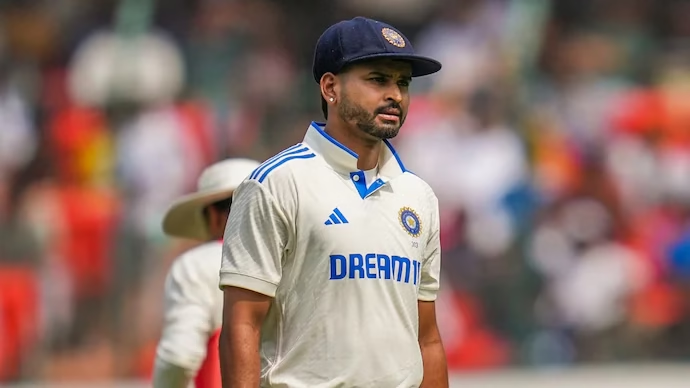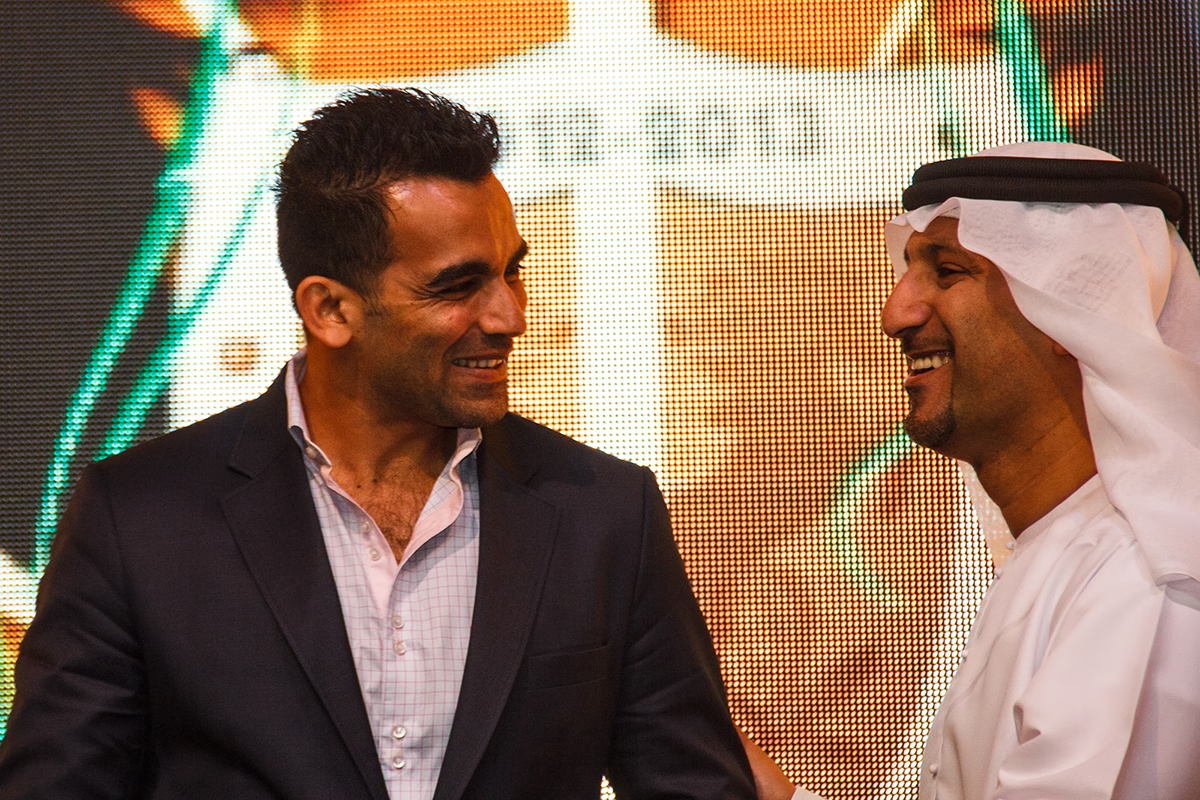As Indian cricket undergoes a leadership transition in the longest format, the Test team’s selection is under heavy scrutiny. With a new Test captain at the helm and two senior pillars absent for the crucial England series, the spotlight is back on decision-making — and some choices are raising serious questions.
Will India’s Test Captaincy be “Shubh” ? Man……Though the doubt lingers on…
by Abhimanyu Ghosh, CEO and Editor, WCRCLEADERS
The New Era: Leadership Shift and Its Ripple Effects
The winds of change are gusting through Indian cricket. In the backdrop of a leadership shuffle and evolving squad dynamics, the team now stands at a delicate crossroads. With both Rohit Sharma and Virat Kohli suddenly gone with the winds of change, the weight of transition becomes even heavier.
These aren’t just players missing a game — they are the batting pillars, psychological anchors, and, more crucially, the bridge between generations. Rohit’s calming presence at the top and Kohli’s competitive fire in the middle-order have for years defined India’s temperament in tough overseas Tests. Their absence in England isn’t merely a lineup change — it’s a cultural void that needs careful management.
After two back-to-back series losses—one in India, a whitewash at home by New Zealand, an unfathomable fact still undigested by sports fans in India—and an expected series loss in the Border-Gavaskar Trophy in Australia, we haven’t just lost three of our cricketing icons in Virat Kohli, Rohit Sharma, and Ravichandran Ashwin, but we have seemingly lost an era, at least for the moment. It looks unfair, but that’s how life is.
Leadership transitions, historically, have worked when guided by stability and continuity. When Sourav Ganguly took over, he did so with senior players still around to guide the process. When Dhoni passed the baton, Kohli had already been primed through multiple tours. Today, it feels like the wheel is spinning faster than it should — and that could come at a cost.
While change is inevitable, transition in Test cricket must be slow, firm, and strategic — not hasty or performative. The sudden re-configurations ahead of a marquee series like the one in England risk unsettling not just team combinations but also dressing room confidence.
The Shreyas Iyer Conundrum: Why Ignoring Him Could Be a Grave Mistake

Of all the selection controversies, none has caused more head-scratching than the exclusion of Shreyas Iyer. The decision becomes even more perplexing in light of comments by Chief Selector Ajit Agarkar, who recently stated:
“Shreyas Iyer is a special player and an excellent asset for the team in white-ball cricket. However, as far as the red-ball set-up is concerned, he currently has no room in the team at the moment.”
This statement raises more questions than it answers.
“No room in the team” — despite Kohli’s absence and a revolving door of inconsistent middle-order selections? Despite Iyer averaging over decent in Test cricket, with clutch performances under pressure? Despite his strong domestic Ranji form and elite temperament in crisis situations? Despite him playing crucial innings in both Cricket World Cup 23 and the recent Champions Trophy?
More curiously, it completely overlooks his broader leadership arc: guiding Kolkata Knight Riders to an IPL title last season, and leading Punjab Kings to a playoff resurgence this season in IPL 2025. Shreyas isn’t just in form — he’s in command, across formats. If consistency, mental fortitude, and match-winning credentials matter, his exclusion deserves more than a vague deflection.
Selectors often speak of “horses for courses,” but Test cricket isn’t a gamble — it’s about proven performers in proven roles. Iyer is not just a white-ball specialist. He’s a red-ball asset being boxed out by perception, not performance.
Shubman Gill: The Enigma of Talent Without Impact

If Iyer’s exclusion is mystifying, Shubman Gill’s continued elevation without consistent returns is a paradox of its own.
There’s no denying Gill is an exceptional talent — graceful, technically gifted, and mentally sharp. He carries the rare combination of poise and flair, with an upright stance that draws comparisons to the greats. He is already a mainstay in India’s white-ball sides, with dazzling centuries to his name and the maturity of someone well beyond his age.
But in Test cricket, particularly in challenging overseas conditions, Gill’s performances have left room for improvement. Despite some bright sparks — his 91 at the Gabba remains iconic — his inability to convert starts into big innings in swing-seam friendly conditions like England, Australia and South Africa has raised questions. And yet, selectors remain adamant about his long-term role, citing his potential as the future of India’s batting — even though his captaincy credentials, unlike Iyer’s, remain largely untested.
That said, Gill remains a national treasure in the making. This phase could be his crucible — a chance to silence doubters and elevate himself to the level of greats. He has the ability, elegance, and instinct; what he needs now is clarity, support, and time.
The Pressure Cooker: Can Gill Thrive Amid Chaos?
With both Rohit and Kohli missing, Gill now carries expectations of not just batting at No. 3 or No. 4 preferably, but becoming the symbolic leader of a new Test era. And this is no ordinary trial — it’s a test of fire.
Unlike earlier generations, Gill isn’t afforded the luxury of mentorship within the squad. The selection of relatively untested names like Sai Sudharsan, Karun Nair, and Abhimanyu Easwaran — though fairly earned on the basis of domestic performance and technical soundness — renders the current Test lineup one of the least experienced Indian sides to tour England in over a decade.
The setup looks raw, promising but extremely vulnerable. The team composition has an unmistakable air of experimentation — a word that rarely sits comfortably in the conservative structure of Test cricket.
Yet, like every Indian, I too would be the happiest if this raw talent overachieves and Shubman Gill emerges a true match-winner. He is, without question, a brilliant talent. This England series could turn him into the next Indian legend — someone in the mould of Kohli or Rohit — or risk breaking him under the weight of burden.
The hope is that his mentors, coaches, and support staff work overtime to prepare him for this challenge, mentally and tactically. Whether Shubman has it in him to succeed at the highest level — not in promise, but in sustained pressure — is a question that can be answered over the next 2 years of the current WTC cycle.
Balancing Legacy and Future
India’s Test team is clearly in flux. But if flux turns into fragmentation, the consequences will be serious.
The exclusion of Shreyas Iyer in favor of vagaries like “no space” or “future potential” undermines the very values that make Test cricket sacred: resilience, form, and reliability. And the elevation of players like Gill — immensely talented yet unproven in tough situations — must come with responsibility, not recklessness.
India’s white-ball supremacy cannot camouflage the Test team’s vulnerabilities. The red-ball game demands foresight, not just foresightful narratives.
It’s time the selection philosophy evolves — from buzzwords and blind bets to balance and merit. Because without that, the future we keep talking about may never actually arrive.
Abhimanyu Ghosh is the Editor of WCRC Leaders and a season














